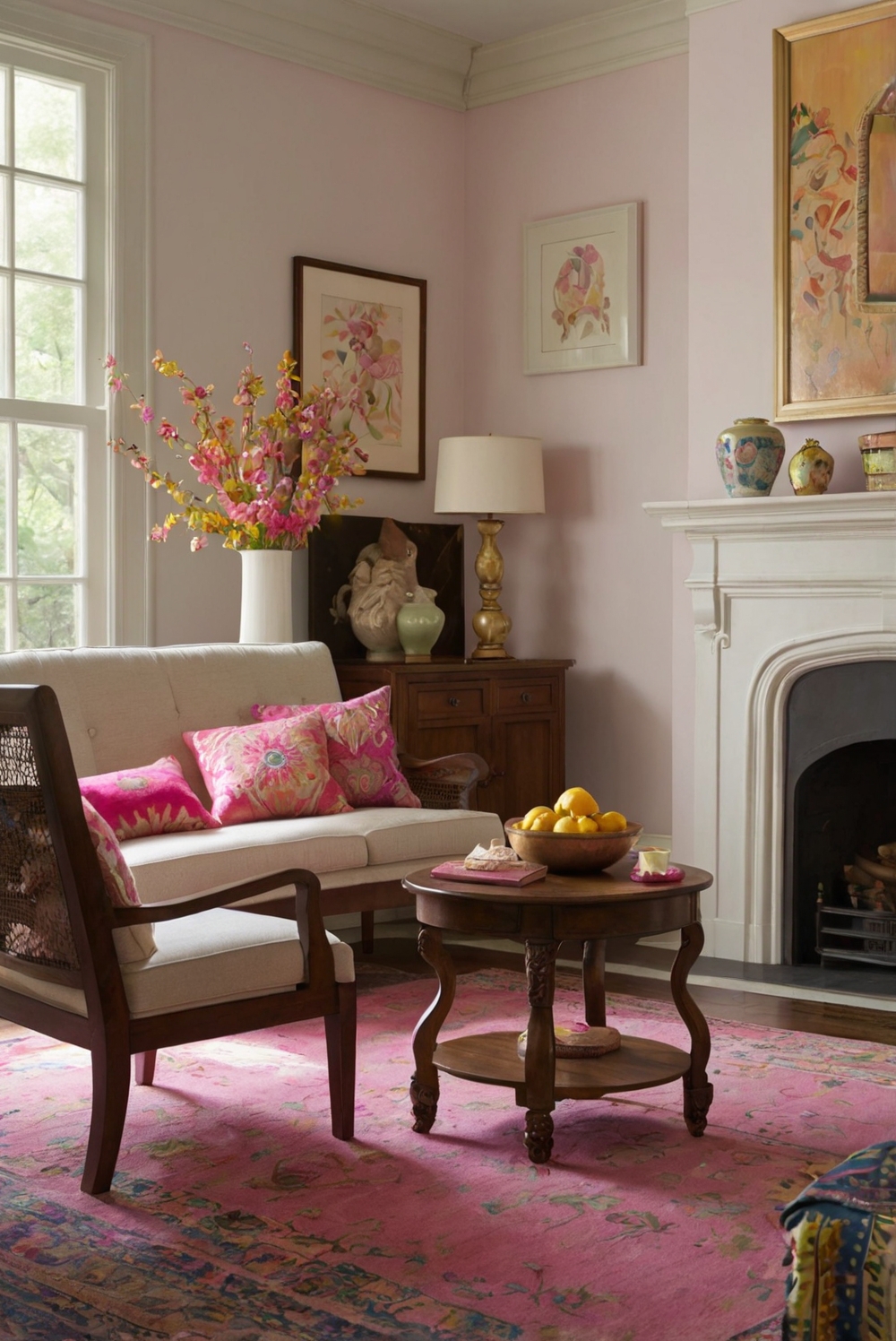Discover the perfect balance of color in your living room design with professional insights. Elevate your interior decorating routine with ideal color proportions.
The ideal proportion of each color in your living room scheme should be balanced and harmonious. For a cohesive look, consider using the 60-30-10 rule in your color palette. This means that 60% of the room should be a dominant color, 30% a secondary color, and 10% an accent color. The dominant color can be used for walls or large furniture pieces, the secondary color for upholstery or curtains, and the accent color for throw pillows or accessories. This approach helps create a visually pleasing space. Be mindful of how colors interact with each other and the overall mood you want to achieve in your living room design.
What’s the ideal proportion of each color in your living room scheme?
Choosing the right color scheme for your living room is crucial in creating a harmonious and inviting space. The ideal proportion of each color in your living room scheme can greatly impact the overall look and feel of the room. Here are some key points to consider:
– Balance: Achieving a balanced color scheme is essential. This involves combining different colors in the right proportions to create a visually appealing space. Consider using a dominant color for the walls, a secondary color for furniture and accents, and an accent color for pops of interest.
– Color Wheel: Understanding the color wheel can help you choose complementary or analogous colors that work well together. Complementary colors are opposite each other on the color wheel and create a dynamic look, while analogous colors are next to each other and provide a more harmonious feel.
– Psychology of Color: Each color has its own psychological impact. For example, blue is calming and serene, while red is energizing and passionate. Consider the mood you want to evoke in your living room and choose colors accordingly.
How to Determine the Right Proportion:
1. Start with a Base Color:
– Choose a base color that will dominate the room, such as the wall color or a large piece of furniture. This color will set the tone for the space and guide your color choices.
2. Use the 60-30-10 Rule:
– A popular rule of thumb in interior design is the 60-30-10 rule. This guideline suggests using 60% of the dominant color, 30% of the secondary color, and 10% of the accent color in your room. This creates a visually pleasing balance of colors.
3. Consider Light and Space:
– The amount of natural light in your living room can influence how colors appear. Dark colors can make a room feel smaller, while light colors can create a sense of spaciousness. Consider the size and layout of your room when choosing color proportions.
4. Experiment and Adjust:
– Don’t be afraid to experiment with different color combinations and proportions. You can always adjust the colors by adding or removing elements to achieve the desired look. Trust your instincts and create a space that reflects your personal style.
5. Seek Inspiration:
– Look for inspiration in interior design magazines, websites, or social media platforms. Pay attention to color schemes that resonate with you and consider how you can adapt them to suit your living room. Drawing inspiration from diverse sources can help you discover unique color combinations.
In conclusion, the ideal proportion of each color in your living room scheme depends on factors such as balance, the color wheel, the psychology of color, and the 60-30-10 rule. By carefully selecting and combining colors, considering light and space, experimenting with different proportions, and seeking inspiration, you can create a harmonious and visually appealing living room that reflects your personal style. Remember that there are no strict rules in design, so feel free to mix and match colors to achieve a space that feels right for you.

